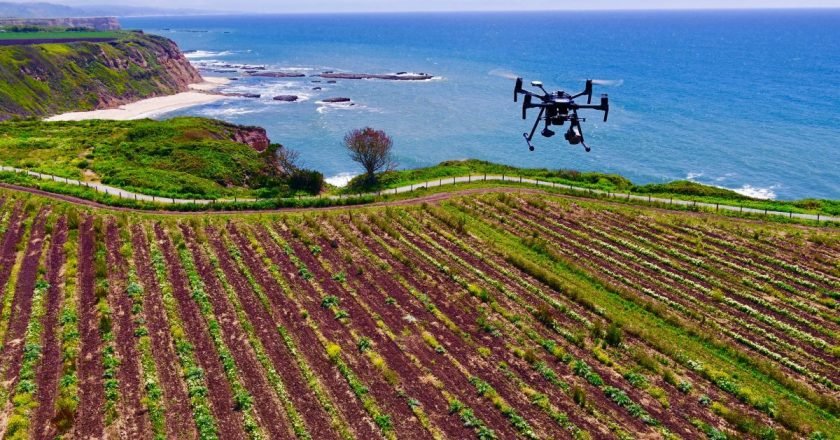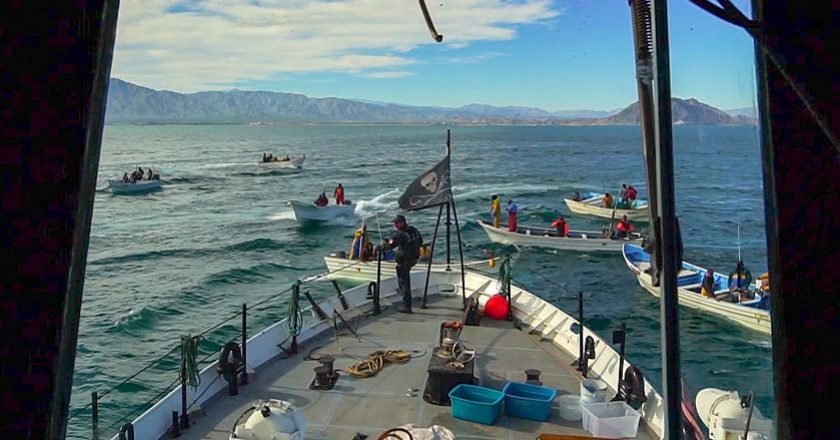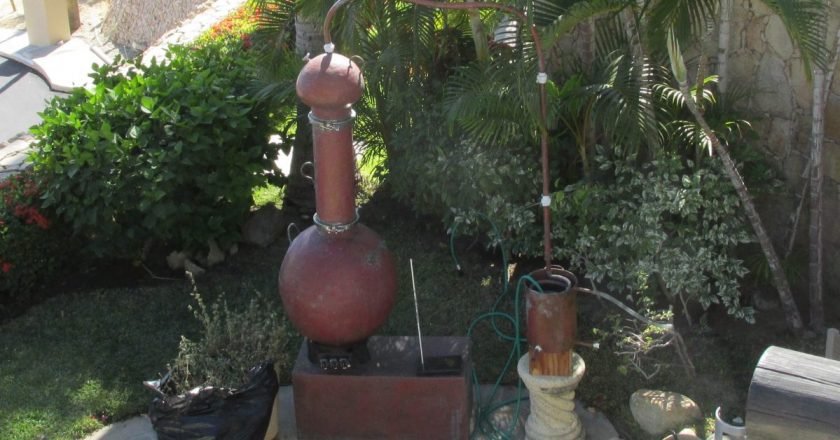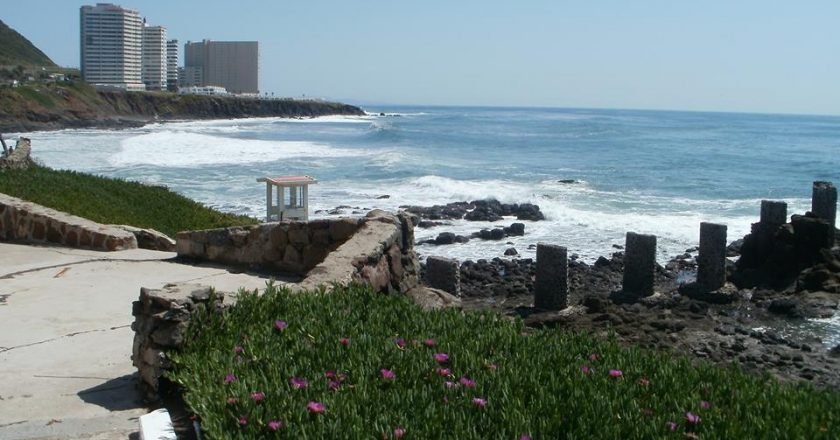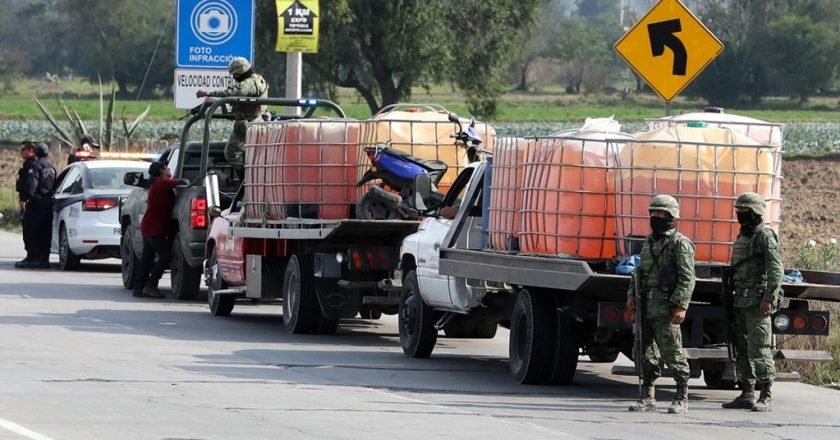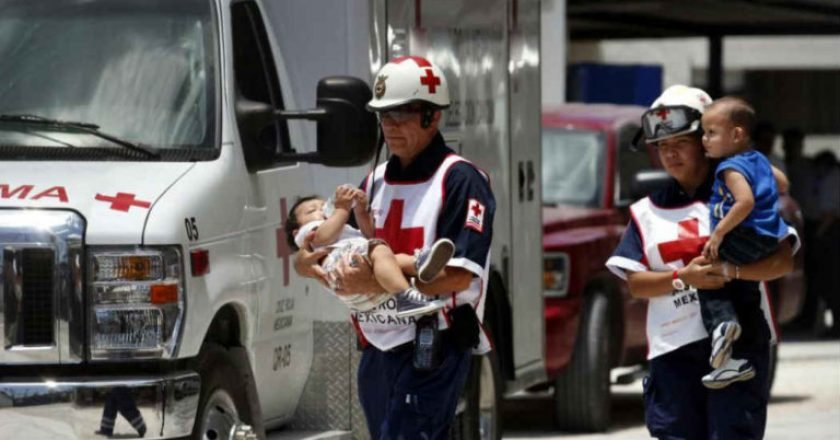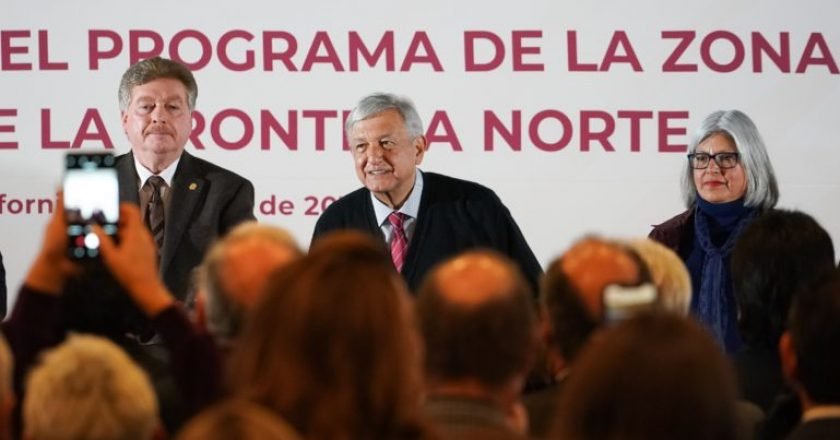Over on the mainland, where gasoline is delivered through underground pipes, there are gas shortages at the pump because the pipelines are being tapped and siphoned illegally. By the time the gas gets to its destination, it’s down to a trickle.
Thieves have taken so much fuel that the President of the Republic has closed the pipelines and tanker trucks guarded by federal police and soldiers are moving the fuel. But there are not enough tanker trucks, even though an extra 3500 have been pressed into service. Fuel is bound up in ships and pierside storage tanks. “There is no shortage of fuel in the country,” swears the president. “The problem is all in the logistics of getting it to the stations.” Baja doesn’t have a dog in this fight, because we are not connected to the grid of pipes; our fuel comes here barged over to Rosarito, then delivered to us by tanker trucks or directly imported from the US by tankers too.
But the fuel shortage in places on the mainland is a crisis. It’s been going on for a couple of weeks, so delivery of critical goods have not been made, and store shelves are becoming empty. People are not getting basic needs like food and diapers, and are suffering the collapse of public transportation. Mobile police protection is impacted as police can’t get fuel for their vehicles and many officers are turning to patrolling on foot, horse and bicycle.
And from the other side, we have a “no apology” narrative of how and why the fuel thieves have grown this activity into a career. First, the how:
Alberto and his accomplices now go out “at two or three in the morning to avoid [the police and military] operations,” explaining that everything’s “calm at that time.”
Alberto learned his dangerous and illegal trade in Tierra Blanca, Veracruz, while working with the Zetas drug cartel. He explained the entire pipeline tapping process. Pemex’s “no digging” signs make the pipes easy to find, he said, explaining that they are usually buried just a meter or so underground. Once a pipeline is located, Alberto gets to work to perforate it, with three halcones– hawks or lookouts – positioned strategically to warn of any approaching authorities.
“First you solder on a nipple . . . then you put on a carbon steel valve and a clamp . . .” he explained. Once the pipeline has been pierced, the fuel shoots up into the air, Alberto said, “. . .so we immediately have to connect a hose to start to fill the tanks.” The pipeline picador, who has 10 years’ experience in Puebla, Veracruz and Tamaulipas, said he has never received any instructions or assistance from employees of the state oil company, Pemex. “They have nothing to do with it, one just learns how to do it,” he said, adding that the method he uses to tap pipelines is safer and faster than the method they used 15 years ago.
Asked what he does if the authorities arrive during the course of his work, Alberto responded: “If they’re very close, well, we run.”
Each pipeline tap, which Alberto can complete in just half an hour, yields enough fuel to fill two 30,000-liter tanker trucks.
This expert driller, who works with different gangs of fuel thieves, charges 5,000 pesos (US $260) for his services.
The drivers of the tankers filled with the illicitly obtained fuel earn between 500 and 1,000 pesos (US $26 to $52) for each load they transport, Alberto said.
Fuel from San Martín Texmelucan, which is located about 40 kilometers northwest of Puebla city, sells for 10 pesos a liter. At legitimate stations here, we pay about 19 pesos per liter.
Three pesos goes to the owner of the land where the pipeline was perforated, three pesos goes to security expenses, and the remaining four pesos is profit for the thieves themselves. Part of the security cost is men roving on motorcycles to alert criminal gangs of the whereabouts of authorities.
A large portion of the population of Texmelucan is involved in the illicit fuel trade in one way or another. If the owners of land where pipelines are located refuse to grant access to fuel thieves, they are routinely threatened. Some landowners who have declined to cooperate have seen their properties set alight while others have been killed. At other times authorities have arrived to arrest thieves as they’re sucking out the fuel, only to have to deal with women and children thrust out in front of the confrontation as human shields. Most of these are not forced; people in these towns are complicit in the fuel thievery.
Fuel theft is estimated to have cost Mexico $5 billion at today’s exchange rate during former president Enrique Peña Nieto’s six-year term. Our current president has drawn a red line with this illegal activity, willing to put his followers through some pain to stop it. But combating the crime is one of the biggest challenges faced by the new federal government.
Gangs involved in fuel theft often clash with authorities and each other, causing the homicide rate in some parts of the country, such as Guanajuato, to surge. People are dying over a liter of gas.
Countering the statement from the President that we have no shortage of fuel, that it’s only logistics, is the Wall Street Journal’s report that Mexico imported 45% less gasoline from the US in the first 10 days of January, compared to last year. But the period in which they were cut back partially coincides with the fuel shortage the government has explained is the result of López Obrador’s decision to close several major petroleum pipelines as part of the strategy to combat fuel theft.
A report published by The Wall Street Journal cited data from Houston and New York-based ClipperData which shows that under the new government, seaborne gasoline imports from the United States’ Gulf Coast have averaged a 28% decline on the quantity of U.S. gasoline imported in December 2017 and January 2018, when former president Enrique Peña Nieto was in office, according to ClipperData.
However, our ports are stuffed with gasoline, and can take no more. The tanker trucks simply can not distribute it nearly as fast as pushing it through underground pipes can accomplish.
There are other factors that appear to be contributing to the prolonged fuel shortage.
The Wall Street Journal claims the shortages have laid bare the inefficiencies of Mexico’s refineries. According to Pemex figures, the nation’s six refineries operated at a daily capacity of 46.1% last year through November. Monserrat Ramiro, a commissioner on Mexico’s Energy Regulatory Commission, said the current crisis is the result of years of insufficient investment in logistics infrastructure such as storage tanks, pipelines and fuel terminals.
President López Obrador, who has pledged to “rescue” Mexico’s oil sector by upgrading existing refineries and building a new one on the Gulf Coast in Tabasco, has said repeatedly that the current gasoline shortage is due to logistics rather than a lack of supply.
Monserrat Ramiro wrote on Twitter, “Mexico’s gasoline supply is paralyzed by closed fuel pipelines, but there are other factors: Pemex refining and downstream infrastructure are a mess, AMLO has stopped importing U.S. light crude, that is necessary for mixing with Mexico’s heavier crude)
Now that the pipelines are empty, the huachicoleros (fuel thieves), drill the pipelines not for milking, but to damage the pipes and prolong the shortage to force public opinion to pressure the government to stop fighting them. The criminals intend to take citizens as hostages in the situation, with the intent of making the government resigned to their illegal practice.
But AMLO was elected on the platform of ending corruption, and he is saying now it’s time to draw that red line and suffer for a little while, in order to show who’s boss in this country: The citizens or the gangs.
A poll by the newspaper Reforma confirmed 73 percent chose to fight and 18 percent chose to give in to the corruption. For now. If this shortage drags on, those numbers could reverse.
And the huachicoleros could succeed if they manage to continue sabotaging the empty pipelines. Many more people will prefer to have gasoline despite the fact that Pemex continues to be robbed, so for the authorities it is a race against time to restore acceptable levels of supply.
Everyone is saying this is temporary, but how long can those 9,000 soldiers be deployed along the pipeline, and how long can those helicopters be hovering over the pipes? And what happens when they’re gone? The huachicoleros will surely be back for this easy career. The one thing that will stop it isn’t even under discussion: putting these thieves in prison for a long time. This is all about impunity. The realistic expectation that getting caught is not a big problem. Without a reliable and honest judicial system, this is never going to end.



